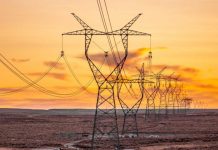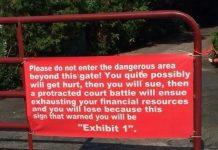There is a place for native wild horses on remote public lands in their natural role reducing understory vegetation and suppressing fire.
Connecting the Dots Video
WILDFIRE MANAGEMENT & WILD HORSES
Saving Wild Horses | Wild Horse Fire Brigade
Guest: William E. Simpson II is an ethologist living among and studying free-roaming native species American wild horses. William is the award-winning producer of the micro-documentary film ‘Wild Horses‘. He is the author of a new Study about the behavioral ecology of wild horses, two published books and more than 500 published articles on subjects related to wild horses, wildlife, wildfire, and public land (forest) management.
Common sense doesn't seem to have much impact on modern wildfire policies, and even less when preordained, and sometimes radical, environmental agendas are imbedded in Federal Agency rulemaking.
I saw that firsthand when serving as a County Commissioner and also as a member of the Southwest Montana BLM Resource Advisory Committee. Our input was often limited to rubber stamping preordained federal policies or being entirely shut out of the process, which happened to me quite a bit when I spoke out.
Local officials were there mostly for window dressing and to provide the perception of local input. What passed as legitimate land use policies before the BLM and US Forest Service management staffing were coopted by radical environmental NGOs, have turned many of our national forests into bug infested, mono-culture, poorly managed, and underutilized tinder boxes, waiting for the next catastrophic fire event.
I was asked to do a podcast on the subject of wild horses a while back, but did not feel comfortable doing that because so much of the subject has been politicized by both sides of the aisle. I knew more than a few folks that would become nearly unhinged when the subject came up, and I didn't feel personally knowledgable enough, or know anyone of sufficient scientific and historical expertise to properly address the subject.
That is until I had the opportunity to meet wild horse expert, William E. Simpson II. Bill has an amazing grasp of the whole arena, including forestry, land use, understory stewardship and historically accurate equine biology. And he's a real cowboy, not a tree hugger! After about 15 minutes on the topic of wild horses, I felt I had finally met someone that checked all the boxes needed to give a full and complete picture of what constitutes a truly wild horse, and why their future should matter to most Americans.
It turns out that wild horses are the best specie at understory grazing in extremely rugged, predator filled, back country, fire prone, wilderness areas.
Bill Simpson is committed to the survival of the North American wild horses that migrated across the Bering Strait long before the Spanish Conquistadors brought domesticated breeds to the Americas.
These wild horses are markedly different than domesticated species and are uniquely adapted to survival in the harshest climates, surrounded by predators, and thriving on forage that would starve a lesser species.
They represent a unique opportunity to reduce wildfire in remote back country areas where roads don't exist and where these tough little horses with hooves of flint thrive on limited resources in areas totally unsuited for domestic livestock grazing.
It's time to try something different and tell the 3 letter agencies to take their stewardship responsibilities seriously without selling out to environmental special interests promoting the flavor of the day on everything from alternative energy to natural resource development. It's time to hear the wild horse story!











